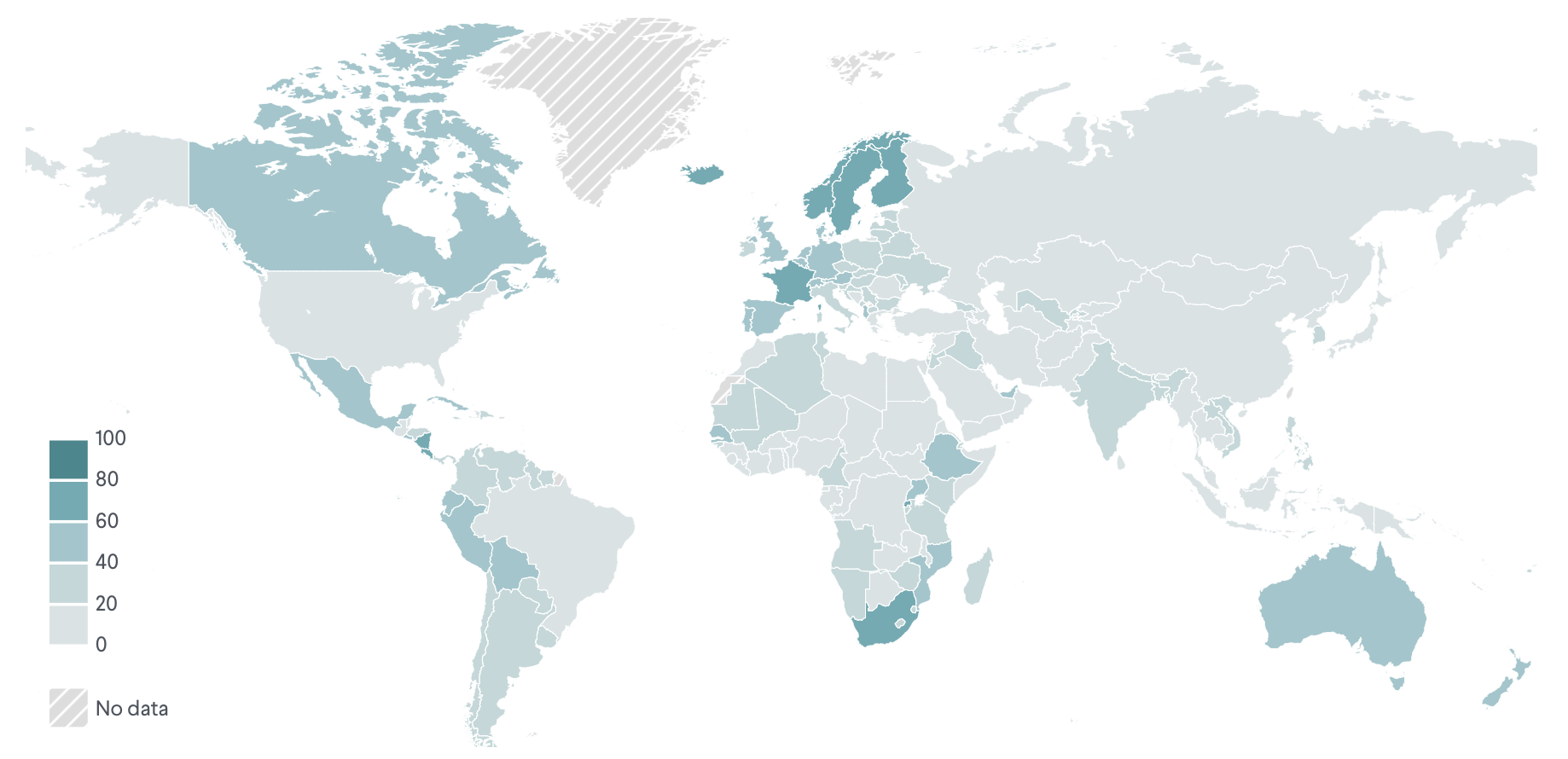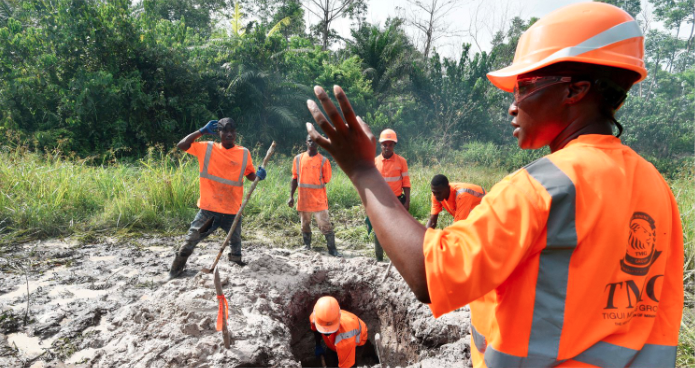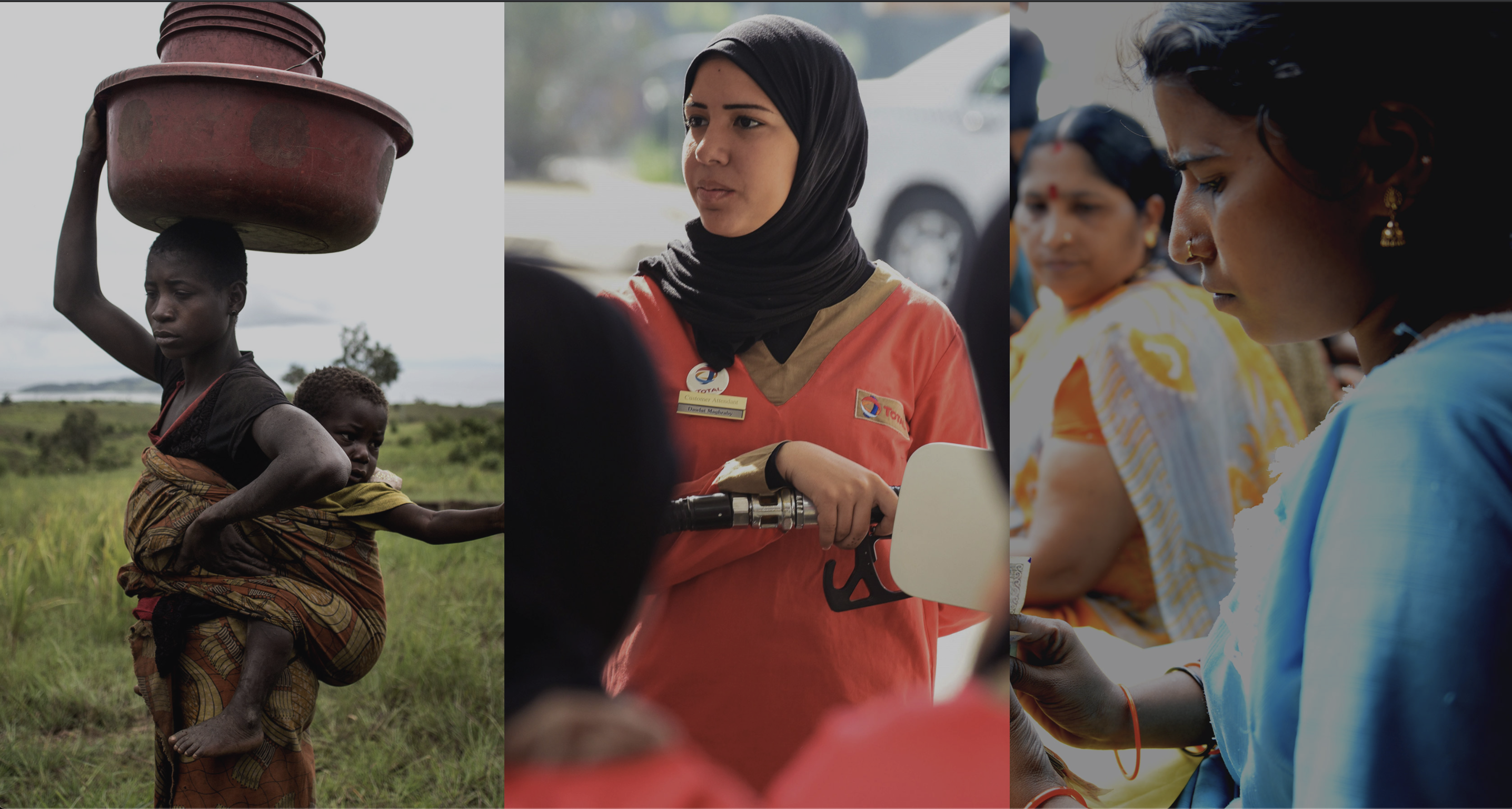Graca Machel served as one of three mediators, while women made up 25 percent of both negotiating teams.
Kenyan women formed the Women’s Consultation Group (WCG), one of four bodies that mediators consulted throughout the process, through which they advocated issues that promoted reconciliation and recovery. Women mobilized public support for attention to humanitarian needs and justice issues.
Following Kenya’s disputed 2007 elections, widespread violence broke out, ultimately killing more than a thousand people and leaving at least three hundred thousand displaced over the course of a few weeks. Although the elections were characterized by ethno-religious political divides and suspicion of tampering, and concluded in violence, experts believe that the conflict was the result of pervasive structural issues, including political discrimination, historical grievances over land, corruption in government, economic shocks and stagnation, and high rates of poverty and unemployment. A mediation process began three weeks after the violence erupted and lasted forty-one days, resulting in the signing of the 2008 Agreement on the Principles of Partnership of the Coalition Government that led to a power-sharing system, transitional government, and constitutional reform.
Women held prominent roles as mediators, negotiators, and civil society leaders and contributed significantly to the resolution of the violence and the implementation of the peace agreement. Kenya’s mediation process was led by the Panel of Eminent African Personalities, which consisted one woman and two men: Graca Machel, member of the Forum of the Elders; Benjamin Mkapa, former president of Tanzania; and Kofi Annan, former UN secretary-general. Women made up 25 percent of both the Orange Democratic Movement and the Party of National Unity negotiating teams (with one female and three male members). Additionally, female civil society leaders served on one of the four important bodies that the mediators consulted throughout the process.
- Women
- Men
women
women
women
Women made a difference in the Kenyan peace efforts in three ways.
Worked across lines. A diverse cross section of Kenyan women united to advise the mediators through the Women’s Consultation Group (WCG). Encouraged and supported by Graca Machel, members overcame their grievances and political differences to unite on shared priorities.
Broadened the agenda. Drawing on input from a range of religious and ethnic groups, the WCG provided concrete suggestions to the mediators and negotiating teams, including calling for action to resolve the humanitarian crisis and combat gender-based violence as well as to address the root causes of the violence, such as land distribution and constitutional reform. They used the media to generate public support and lobbied international organizations to reinforce their priorities. Ultimately, their recommendations on humanitarian needs were incorporated in the final agreement, and two of the investigation commissions were tasked with addressing gender-based violence—both important provisions that helped to promote reconciliation and recovery.
Contributed to successful implementation. Women served as influential members on the commissions established by the peace agreement to draft the new constitution and address other long-standing issues, including truth and reconciliation and an inquiry into the election violence.
“Many wars are fought because of exclusion and marginalization. Including women and ‘out’ groups in government at all levels is the beginning to building sustainable peace and security.”
— Martha Karua, Party of National Unity negotiator
Although ethnic tensions still run deep in Kenya, the 2008 mediation process restored relative peace to the country. Kenya introduced a new constitution in 2010 that created a system of checks and balances on the president’s power and imposed a one-third quota for female representation in elective and appointed positions. Violence did not occur in the 2013 elections. Still, the government continues to undermine basic rights to free expression and association, and violations by Kenyan security forces continue without prosecution, as the government has made little progress in implementing security sector reform. Few efforts to promote justice and accountability for the 2008–2009 election violence have been successful.






